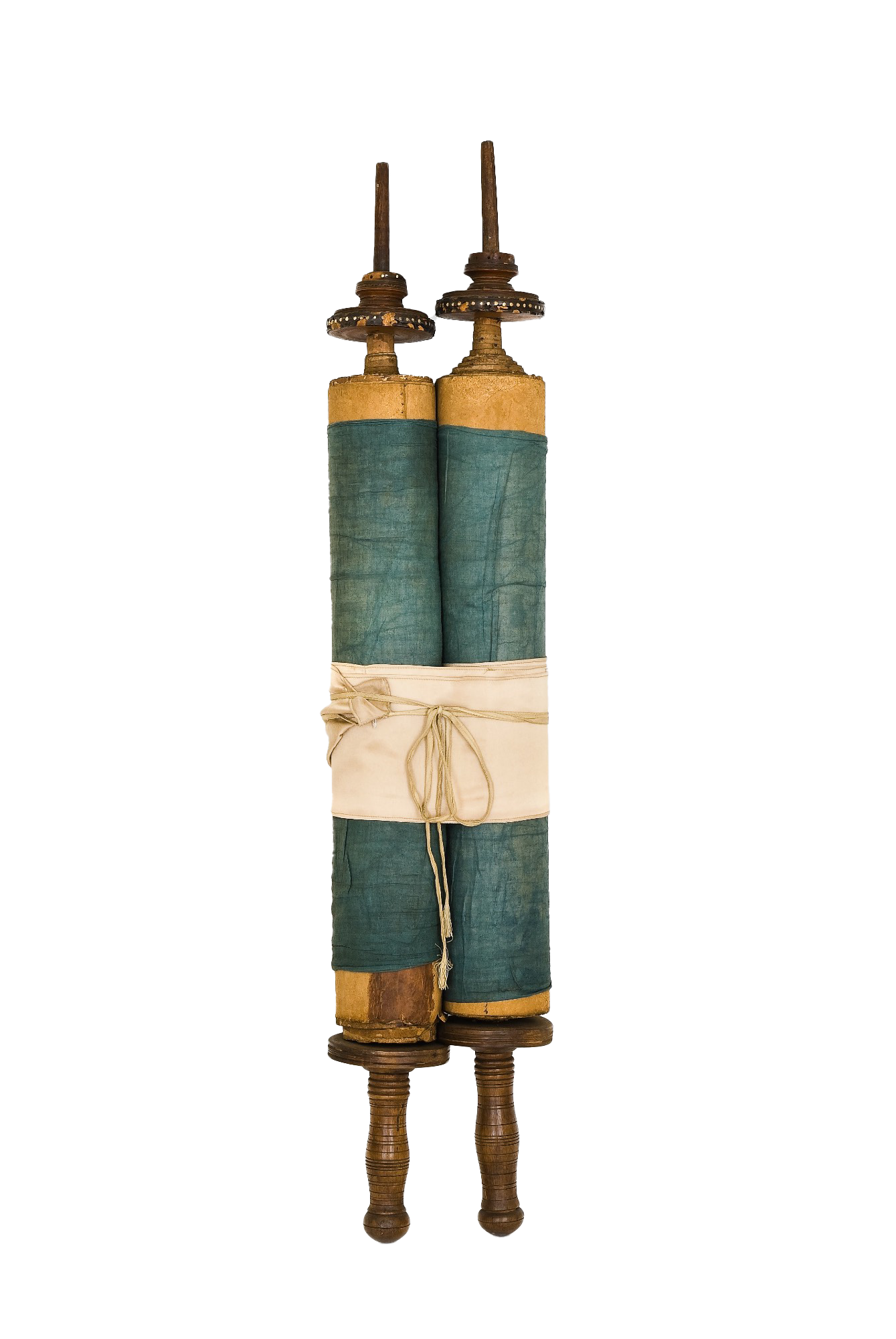(mapá)

Manto con el que se envuelve el rollo de la Torá cuando no se está utilizando.

El manto de la Torá se puede llamar “mapá” o “mitpajat”.
En algunas comunidades, tales como las sefardíes y las romaniotas, se solía usar la palabra “mapá” para referirse indistintamente a las distintas telas ceremoniales de la Torá, por lo que resulta difícil saber si se referían a una faja, un manto o un vestido.
Melasecchi, Olga, Amedeo Spagnoletto, and Doretta Davanzo Poli, eds., Antique Roman Mappòt: The Precious Textile Archive of the Jewish Museum of Rome. Rome: Campisano Editore and Museo Ebraico di Roma, 2017.
Yaniv, Bracha. “From Spain to the Balkans: The History of Textile Torah Scroll Accessories in the Sephardi Communities of the Balkans,” Sefarad, 66/2, July-December 2006, pp.405-442.
Yaniv, Bracha. “The Mappa (Wrapper) and the Torah Mantle in Ashkenaz in the Middle Ages,” in G. Bacon, D. Sperber and A. Gaimani, eds., Studies on the History of the Jews of Ashkenaz: Presented to Eric Zimmer (Ramat Gan, 2008), 107-134. Hebrew.
Yaniv, Bracha. “The Torah Wrapper and the Torah Binder.” Ceremonial Synagogue Textiles: From Ashkenazi, Sephardi, and Italian Communities, Liverpool: Liverpool University Press, 2019, pp. 85-126.
Seleccionar idioma